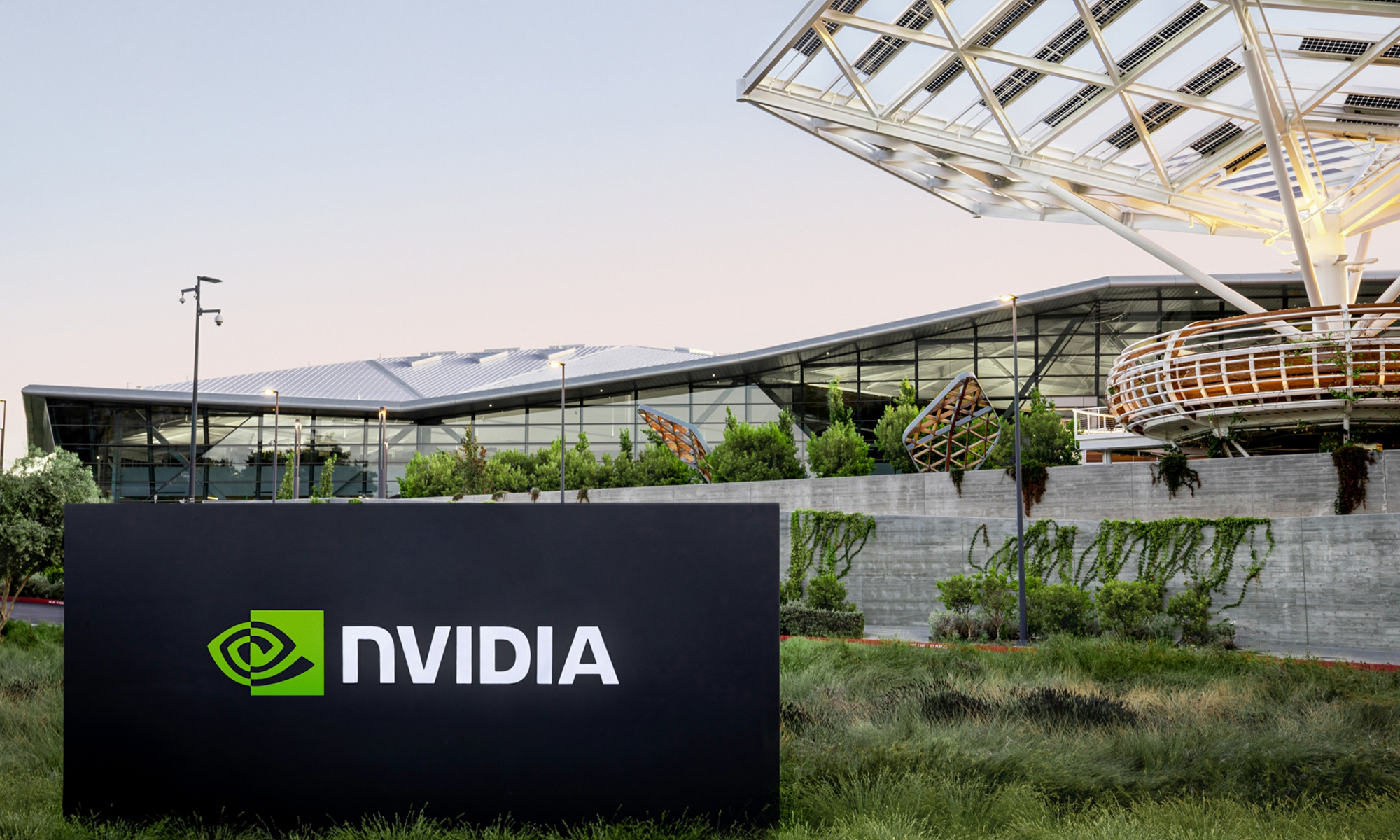At The Motley Fool, we poke plenty of fun at Wall Street analysts, and their endless cycle of upgrades, downgrades, and "initiating coverage at neutral." While the pinstripe-and-wingtip crowd is entitled to its opinions, down here on Main Street, we've got some pretty sharp stockpickers, too. (And we're not always impressed with how Wall Street does its job.)
Given that, perhaps we shouldn't be giving virtual ink to "news" of analyst upgrades and downgrades. And we wouldn't -- if that were all we were doing. Fortunately, in "This Just In," we don't simply tell you what the analysts said. We also show you whether they know what they're talking about. To help, we've enlisted Motley Fool CAPS, our tool for rating stocks and analysts alike. With CAPS, we track the long-term performance of Wall Street's best and brightest -- and its worst and sorriest, too.
And speaking of the best ...
Fabless chip designer NVIDIA (Nasdaq: NVDA), which makes chips for crunching graphics data and powering mobile gadgets, has been under a veritable hailstorm of analyst action lately.
Last week, JMP Securities moved the stock into the "buy" column, citing the prominent role of NVIDIA Tegra 2 chips in the coming wave of Android-based tablets and smartphones. Yesterday, UBS weighed in with a reiterated "hold" rating but a lower 1-year target price. And today, Raymond James held onto its "strong buy" recommendation due to that Android rush as well as a newfound conviction that Intel (Nasdaq: INTC) and its Sandy Bridge chips won't hurt NVIDIA's share of the graphics market.
That's a lot of information to digest at once, but it helps that two of the three opinions agree to a great extent. Tegra 2 is the reference chip for the tablet-friendly Honeycomb version of Android, much like the QUALCOMM (Nasdaq: QCOM) Snapdragon platform was the de facto standard for Android devices in 2010. As such, anything short of total Apple (Nasdaq: AAPL) domination of the smartphone and tablet markets in 2011 will give NVIDIA plenty of high-margin Tegra sales to cheer about. A Samsung tablet with Tegra inside is worth just as much to NVIDIA as a successful Motorola Mobility slate or an LG Electronics smartphone built around the same chipset.
Paint a pretty picture, will you?
So far, so good: the optimistic analysts have a leg to stand on. We still have a less rosy-cheeked observer in the mix, though even that $20 target price represents a solid 12% upside to NVIDIA's current share price. With all of this enthusiasm in mind, let's have a look at the analysts' track records in the chip sector.
JMP is perhaps better known for its expertise in health care and biotechnology stocks, where the firm has impressive accuracy rates north of 65%. In semiconductors, JMP is hit-and-miss with a uniformly positive rating on every semiconductor stock it covers. RayJay's sector exposure isn't large enough to jump to any conclusions, though the company is currently correct on its favorable rating of Texas Instruments (NYSE: TXN).
But the superstar of the bunch here is UBS, which covers 58 semiconductor stocks and is getting an impressive 67% of those picks right, some of them spectacularly so:
|
Company |
UBS Rating |
CAPS Rating (out of 5) |
UBS's Picks Beating S&P by |
|---|---|---|---|
| Fairchild Semiconductor International (NYSE: FCS) |
Outperform |
***** |
309% |
| Teradyne (NYSE: TER) |
Outperform |
**** |
296% |
| Semiconductor Manufacturing International |
Underperform |
**** |
48% |
With a track record like that, it's hard to argue against UBS in this sector. Speaking further in the firm's favor is the fact that it isn't unconditionally married to NVIDIA -- UBS has actively recommended a "sell" in recent history and still isn't telling anyone to buy the stock.
Foolish final thought
UBS sees Sandy Bridge as a legitimate threat to NVIDIA sales and also predicts weakness in the graphics division in general. Tech analyst Uche Orji is a well-known, familiar name in the chip industry, and his thoughts largely echo my own position on NVIDIA these days.
The company is undergoing a massive transformation wherein graphics chips become a lesser piece of the sales pie and mobile processors in the Tegra family become more important. In a year or two, NVIDIA the graphics giant could be a fading memory. That's a tricky change to navigate, and a modest uptick is about all I'd expect out of the stock over the next year or so.
So don't load up on NVIDIA today. UBS says "hold," and I agree.











